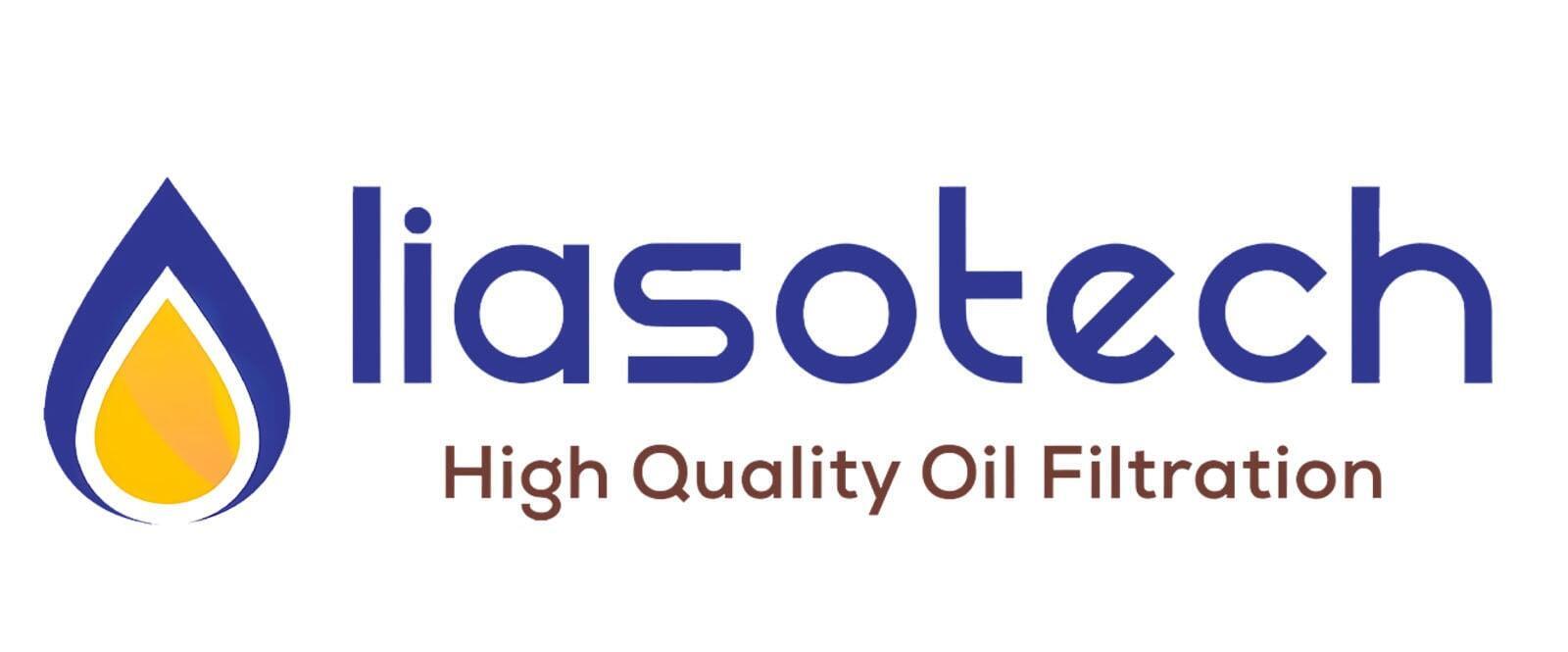
Lubricants play a critical role in ensuring the smooth operation of industrial machinery, but their efficiency can be compromised over time due to degradation. Understanding the forms of lubricant degradation is vital to maintaining machinery health and prolonging equipment life.
Oxidation: Exposure to oxygen at high temperatures leads to the formation of sludge, varnish, and acidic byproducts, reducing lubricant effectiveness. This is one of the most common forms of degradation in industrial systems.
Thermal Degradation: Extreme heat can break down the molecular structure of lubricants, resulting in loss of viscosity and reduced load-carrying capacity.
Contamination: The presence of water, dirt, or metal particles accelerates degradation by promoting chemical reactions and increasing wear. Contamination can stem from external sources or internal system failures.
Additive Depletion: Lubricants contain additives to enhance performance. Over time, these additives get consumed, leaving the base oil vulnerable to wear and corrosion.
Microbial Growth: In systems exposed to moisture, microbial contamination can lead to the formation of bio films, which degrade the lubricant and harm equipment.
Why Addressing Degradation Matters
Degraded lubricants not only compromise equipment performance but also lead to increased maintenance costs, energy consumption, and potential downtime.
Prevention Strategies
- Regular oil sampling and analysis to detect early signs of degradation.
Implementing robust filtration systems to remove contaminants.
